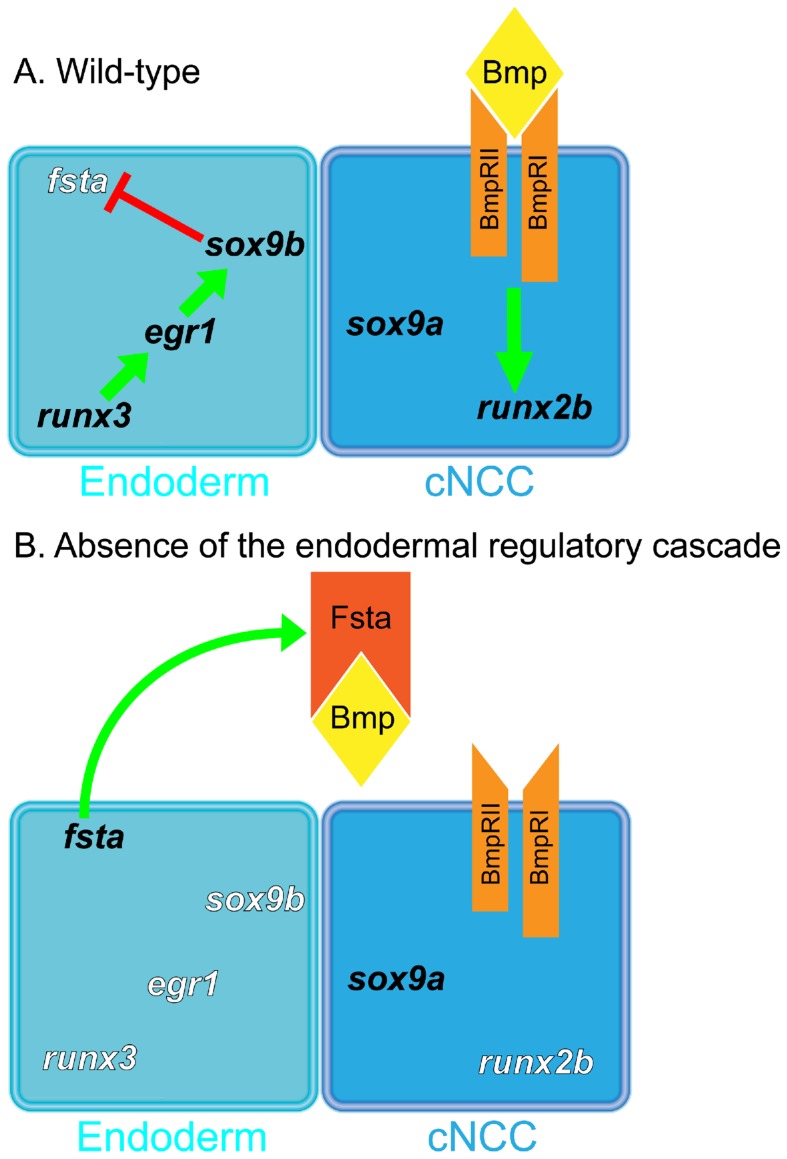Figure 11. Runx3, Egr1 and Sox9b form a regulatory cascade required to modulate Bmp-signaling during cranial cartilage development in zebrafish.
Signaling model in wild-type embryos (A) and in embryos lacking of endodermal regulatory cascade (B). (A) In wild-type embryos, pharyngeal endoderm expresses a regulatory cascade composed of three transcription factors, Runx3, Egr1 and Sox9b, which down-regulates fsta expression that codes for a Bmp antagonist. This down-regulation of fsta enables Bmp ligands to bind to their heterodimeric receptor (BmpRI and BmpRII) and induce runx2b expression in cranial neural crest cells (cNCC). (B) Embryos lacking of any member of Runx3-Egr1-Sox9b cascade have an over-expression of fsta, which its coding protein is secreted from the endoderm. Antagonist Fsta binds to Bmp ligands and inhibit them to bind to their receptor, having for consequence no Bmp-signaling towards the cNCC and no runx2b expression.

